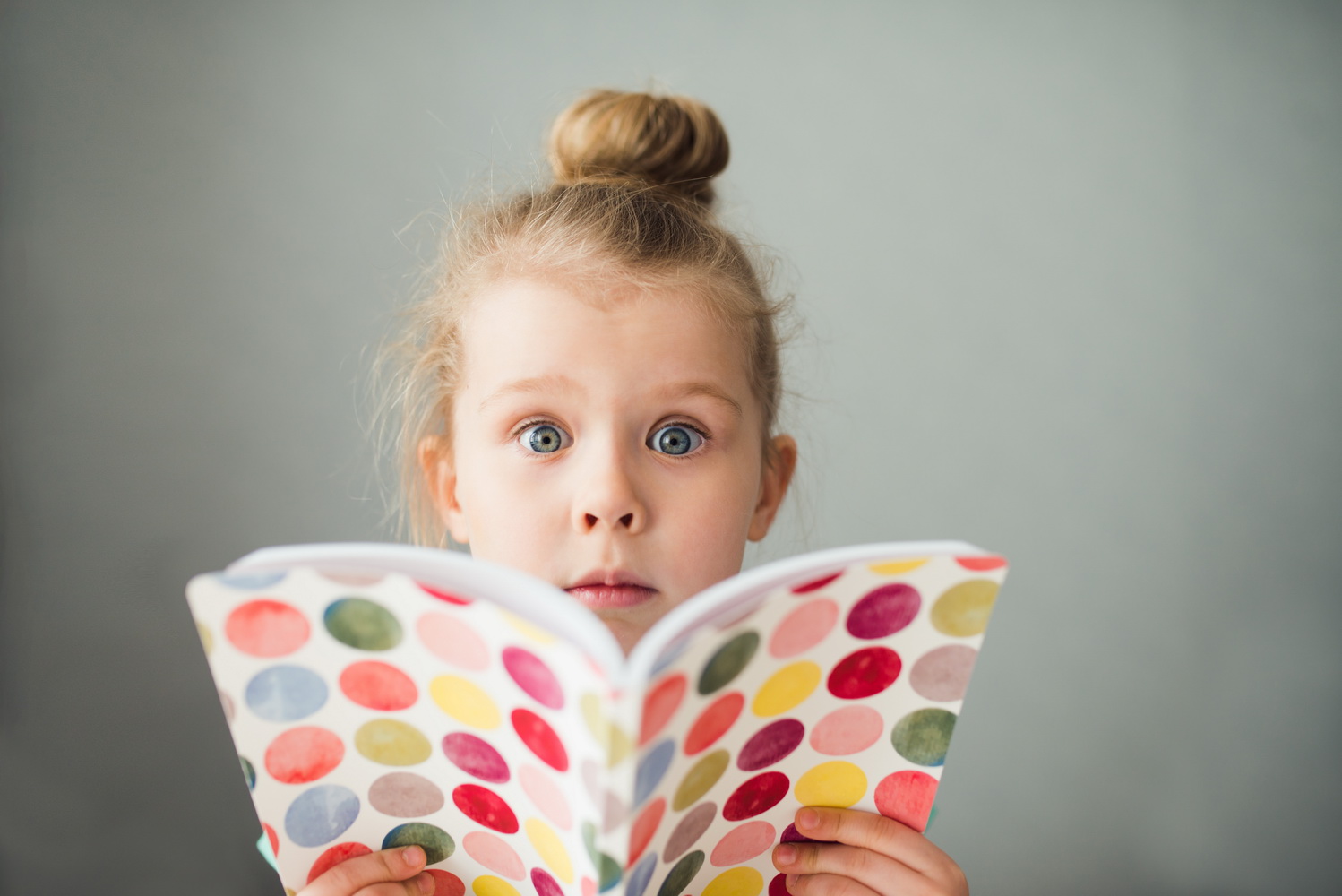Spatial awareness Reading Worksheets for Ages 4-6
5 filtered results
-
From - To
Enhance your child's reading skills with our engaging Spatial Awareness Reading Worksheets designed specifically for ages 4-6. These worksheets focus on developing essential spatial understanding through fun activities that connect reading with visual perception. Kids will learn to navigate directions, recognize spatial relationships, and improve their vocabulary in an enjoyable way. Perfect for preschoolers and kindergarteners, these worksheets foster critical thinking while promoting a love for learning. Equip your little ones with the foundational skills they need for future success through interactive and educational exercises. Download our worksheets today and watch your child thrive in both reading and spatial awareness!
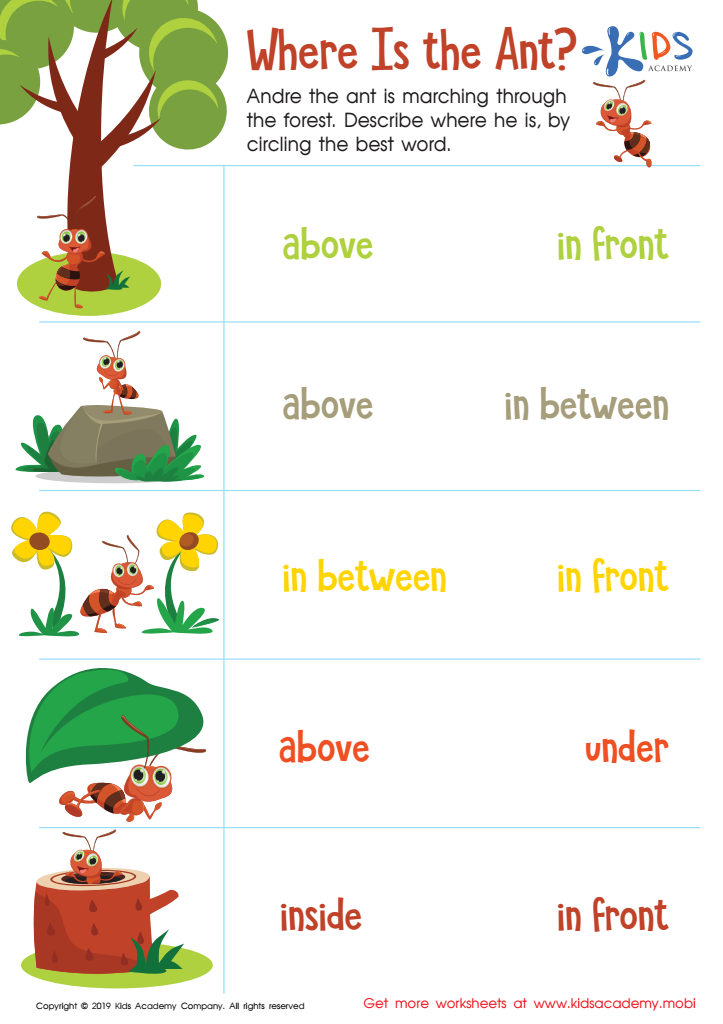

Where Is the Ant? Worksheet
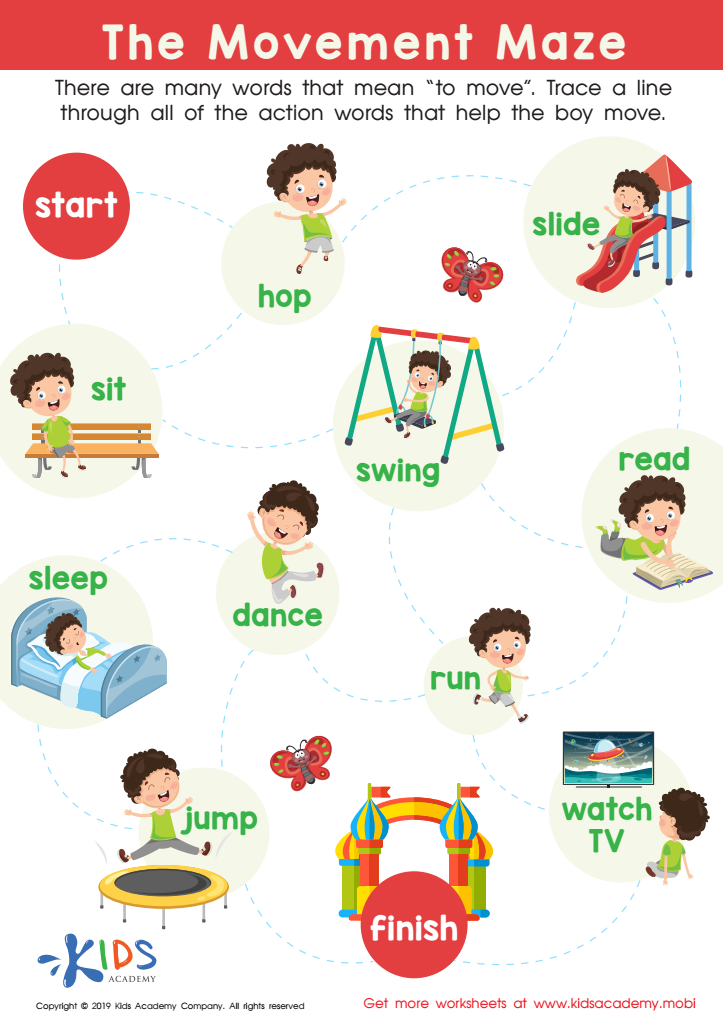

The Movement Maze Worksheet
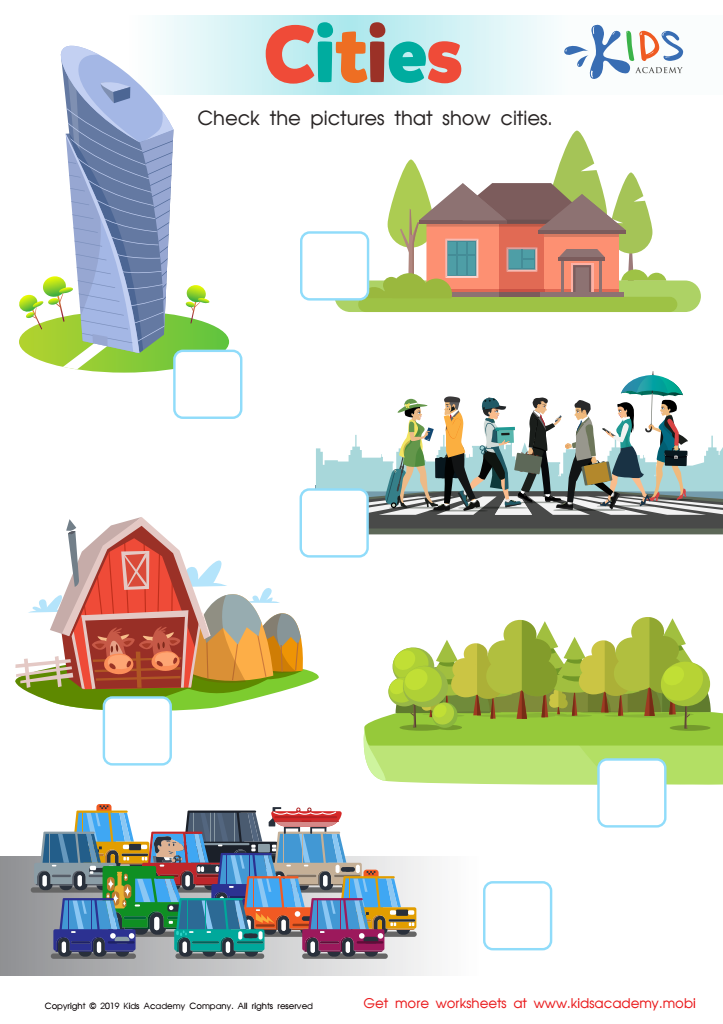

Cities Worksheet
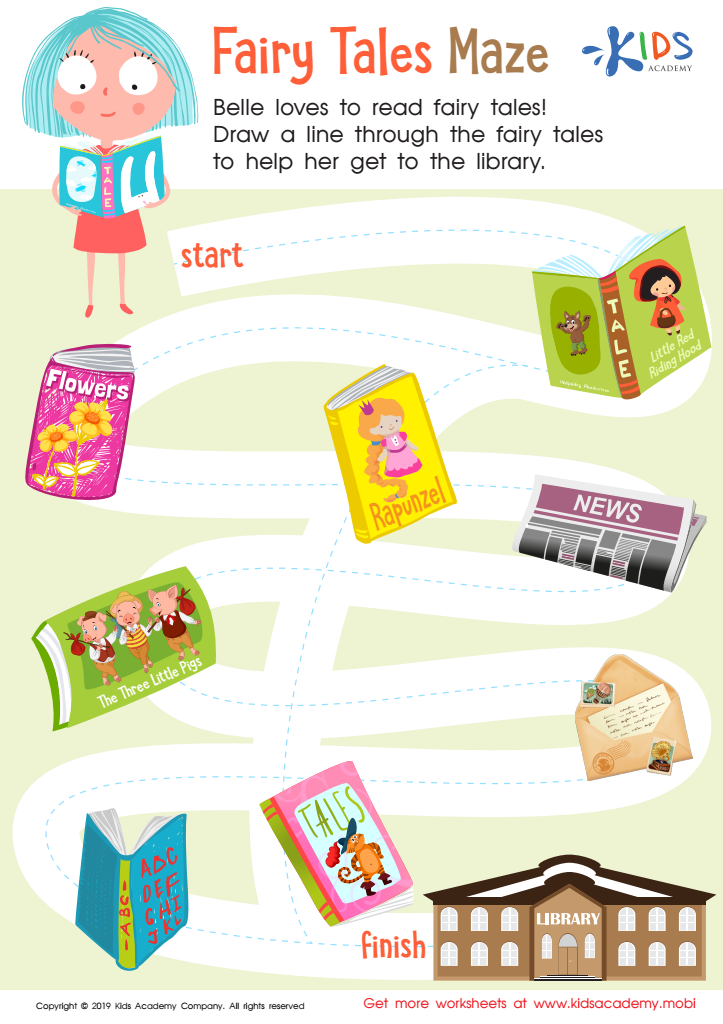

Fairy Tales Maze Worksheet
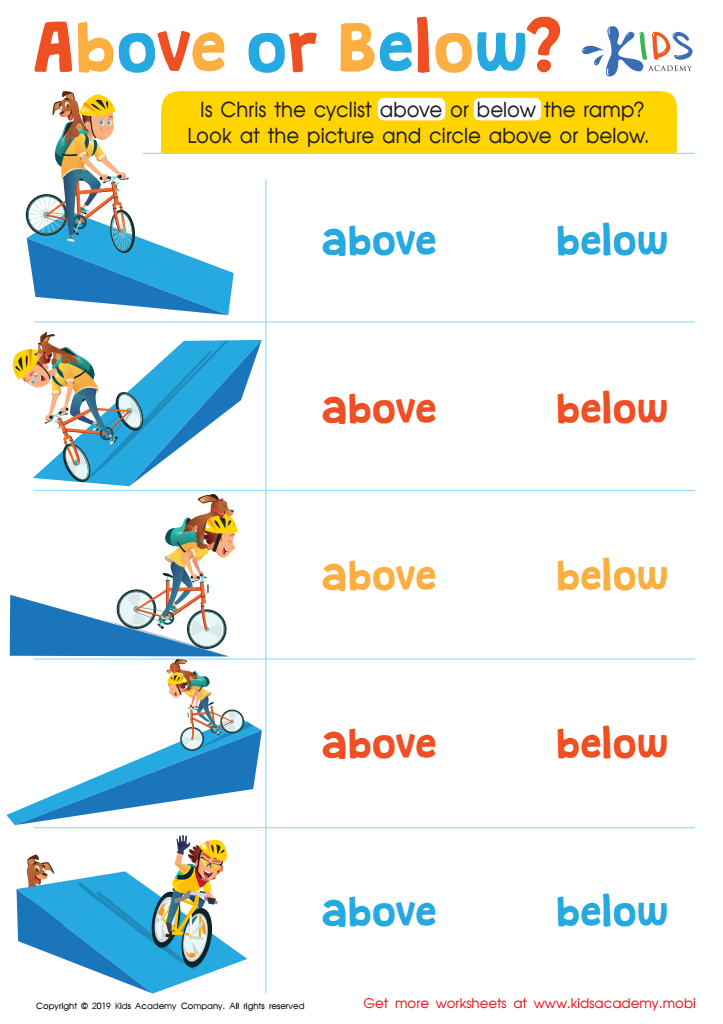

Above or Below? Worksheet
Spatial awareness is a critical skill that develops significantly in ages 4-6 and has profound implications for reading and overall learning. At this developmental stage, children begin to understand how to navigate their environment and recognize the relationship between objects in space. Parents and teachers should care about spatial awareness for several reasons.
Firstly, spatial awareness enhances a child’s ability to comprehend concepts related to letters and words. Understanding how letters align on a page, the direction text flows, and the positioning of words relative to one another are all linked to spatial skills.
Secondly, strong spatial awareness can contribute to better problem-solving abilities. When children grasp spatial relationships, they excel at visualizing information, making it easier to understand maps, diagrams, and patterns—skills essential for subjects like math and science later on.
Lastly, fostering spatial awareness can support emotional and social development. As children navigate their surroundings and understand physical spaces, they also learn to engage with peers during play and group activities.
By caring about spatial awareness, parents and teachers can provide essential support for literacy and broader cognitive development in early learners.
 Assign to My Students
Assign to My Students








